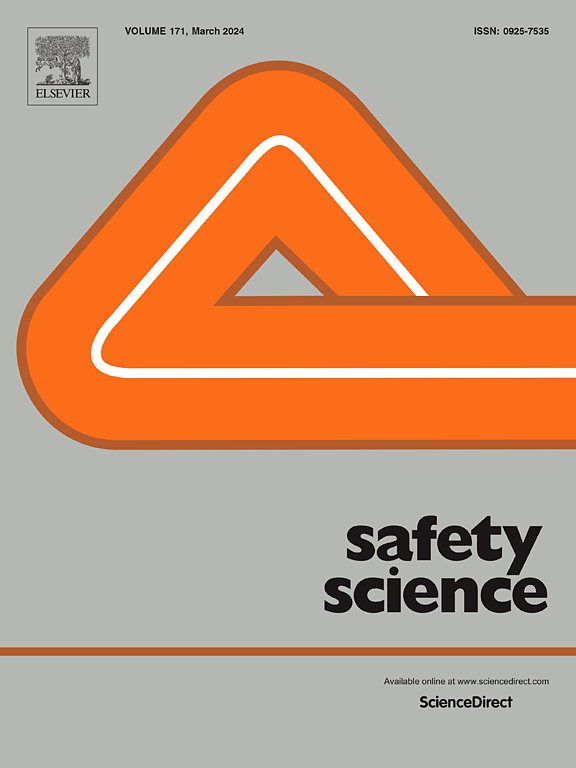Co-creation of risk in evacuation settings A risk governance approach to natural hazards risks
IF 4.7
1区 工程技术
Q1 ENGINEERING, INDUSTRIAL
引用次数: 0
Abstract
Evacuation of people due to the risk of natural or man-made hazard events has been a concurrent part of human existence since our conception as societies. Yet, as an effect of anthropogenic climate change, we are seeing an increased frequency and variance of these types of events and experiencing their cascading effects on society, such as more evacuations. At the same time, residents, experts and authorities all exhibit different understandings of the possibility and potential consequences of these hazards, which gives rise to ambiguity and tension as risk perceptions vary. In this study, we have interviewed residents, authorities and experts in four different locations that experience natural hazard evacuations: communities in the Karrat Fjord in Greenland facing the possibility of rockslides and tsunamis, which has led to evacuation and resettlement; Rauma in Norway and its possibility of rockslides and repeated evacuation; Longyearbyen in Svalbard; and Honningsvåg in Norway, with its seasonal snow avalanche risks. We have examined how consolidating different epistemic cultures and sociomateriality through the co-creation of risk reduces tension and improves the quality of risk communication of evacuation decisions. Successful evacuation is largely about consolidating the individual consequences of the evacuees and scientific knowledge into the risk picture.
求助全文
约1分钟内获得全文
求助全文
来源期刊

Safety Science
管理科学-工程:工业
CiteScore
13.00
自引率
9.80%
发文量
335
审稿时长
53 days
期刊介绍:
Safety Science is multidisciplinary. Its contributors and its audience range from social scientists to engineers. The journal covers the physics and engineering of safety; its social, policy and organizational aspects; the assessment, management and communication of risks; the effectiveness of control and management techniques for safety; standardization, legislation, inspection, insurance, costing aspects, human behavior and safety and the like. Papers addressing the interfaces between technology, people and organizations are especially welcome.
 求助内容:
求助内容: 应助结果提醒方式:
应助结果提醒方式:


